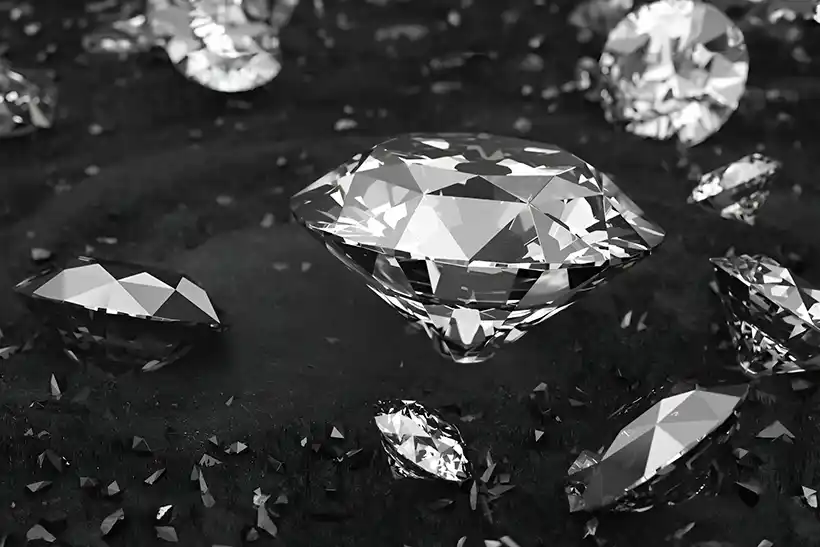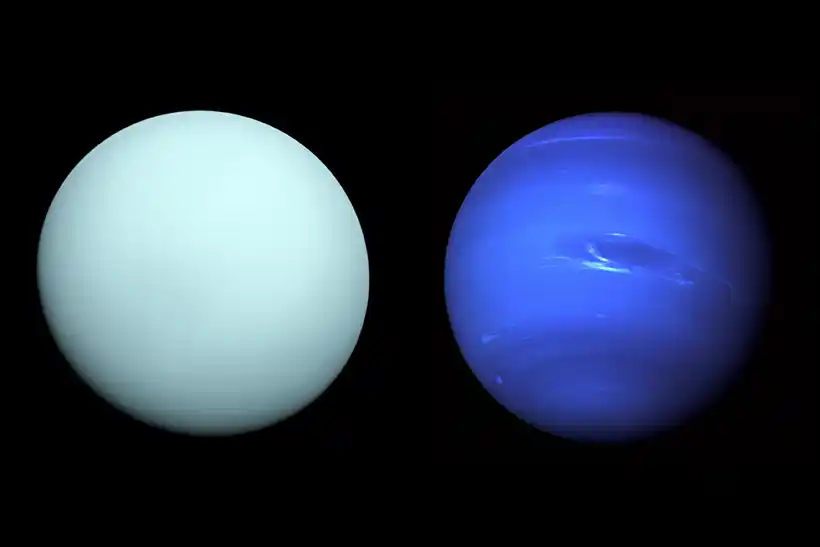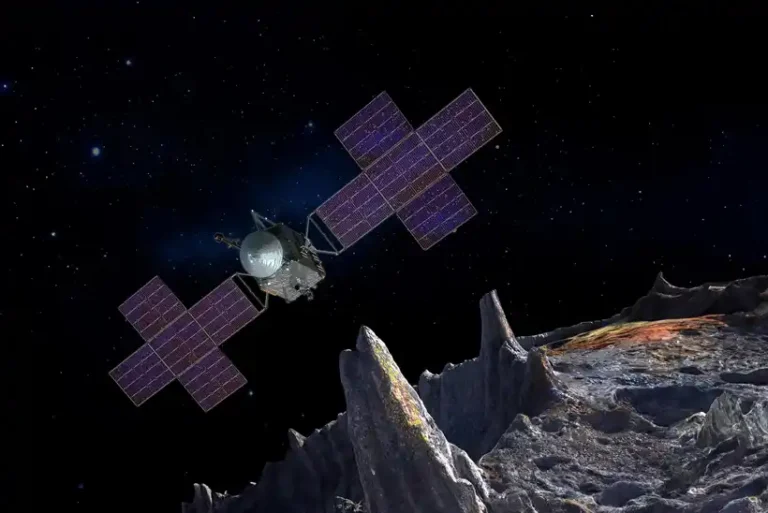
Mankind covets diamonds, the strongest bulk material known on Earth. But have you ever imagined the celestial phenomenon of raining diamonds from the skies?! The idea of them falling like rain from the sky might sound like science fiction. However, on the distant gas giants Neptune and Uranus, scientists propose that this is a real and fascinating occurrence.
Raining Diamonds: The Extraterrestrial Mystery Unveiled
Deep within the atmospheres of Neptune and Uranus, conditions are extreme, with high pressures and temperatures prevailing. This hostile environment sets the stage for an extraordinary process – the formation of diamond rain.
Scientists propose that the abundance of methane and other hydrocarbons in the atmospheres of these gas giants plays a pivotal role in this cosmic spectacle. As these planets possess vast reservoirs of carbon, the carbon atoms experience intense pressure. Causing them to compress and eventually form diamonds.
The Carbon Carousel: A Precarious Journey to Gem Formation
Carbon-rich ices or methane reacting under extreme pressure deep within these planets, giving rise to the birth of microscopic diamond particles. The entire process is akin to a cosmic ballet, where carbon atoms gracefully transform into the dazzling structures we recognize as diamonds.
But how do scientists know this is happening? While direct observation remains elusive due to the lack of dedicated missions to Neptune and Uranus. Computer models and laboratory experiments have offered valuable insights. These simulations help researchers understand the complex interplay of elements under the planets’ harsh conditions.
Beyond the Fiction: Real-world Implications

Understanding the phenomenon of diamond rain isn’t just about uncovering celestial curiosities; it has broader implications for planetary science. These unique conditions may provide crucial clues about the composition and evolution of these distant gas giants.
Recent research from the US Department of Energy’s SLAC National Accelerator Laboratory suggests that the presence of oxygen enhances the likelihood of diamond formation. This discovery implies that diamond rain could be more prevalent across the universe than previously imagined.
Diamond rain may not only be a mesmerizing event but could also explain the excess heat radiated from Neptune. As diamonds descend towards the planet’s core, the energy release might boost Neptune’s magnetic field, contributing to the additional observed heat.
Experimental Evidence of Raining Diamonds
While direct confirmation of diamond rain awaits, experimental evidence suggests it’s not an implausible occurrence. The allure of this cosmic event lies in its potential to unravel the mysteries of planetary composition and evolution.
As we explore the secrets of our solar system, the notion of diamond rain on Neptune and Uranus adds a touch of cosmic extravagance. It challenges our perceptions of rarity and luxury, expanding our understanding of the celestial wonders that abound in the vast expanse of space.
So, next time you gaze at the night sky, ponder the cosmic beauty of diamond rain on Neptune and Uranus. It’s a reminder that the universe is full of wonders, and sometimes, reality can be more dazzling than fiction.



